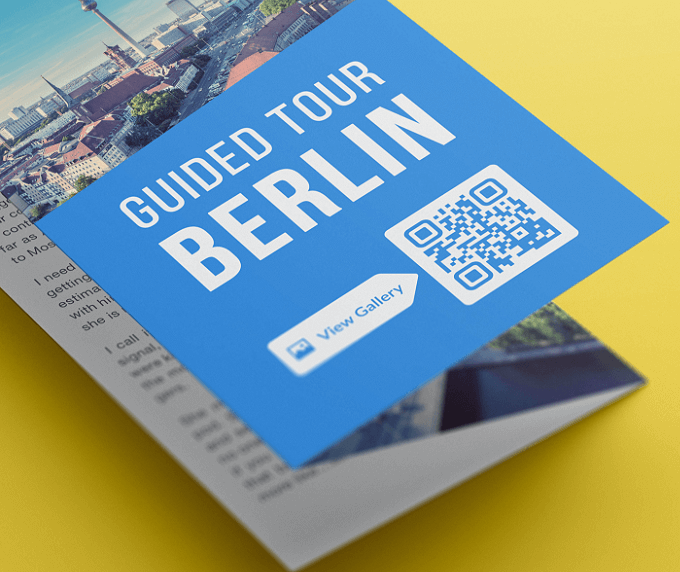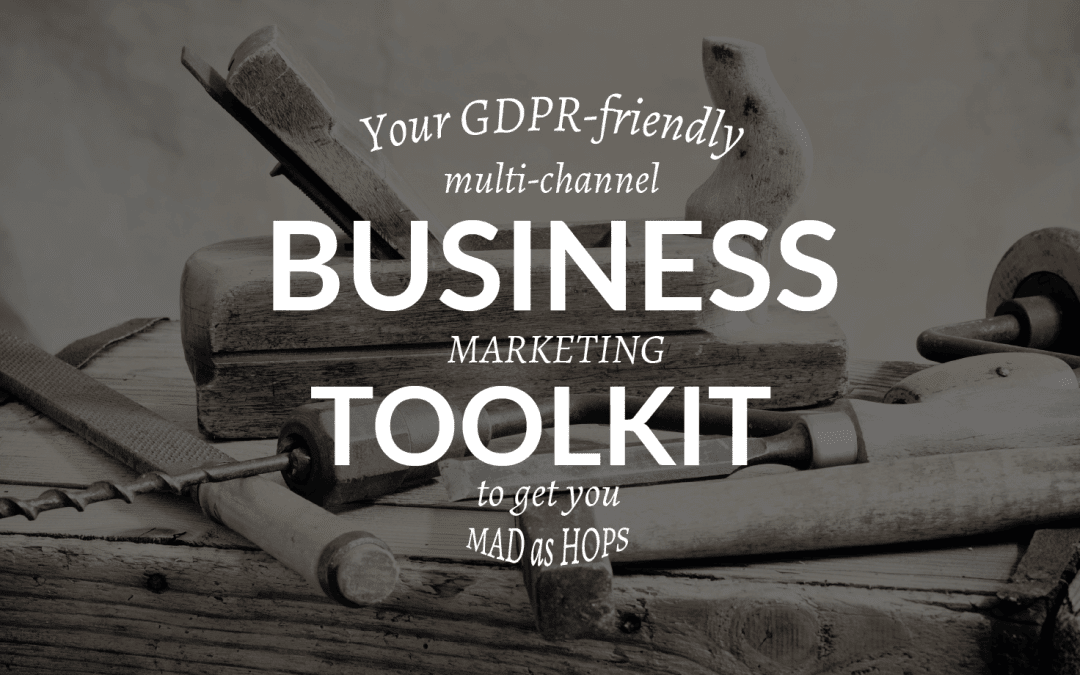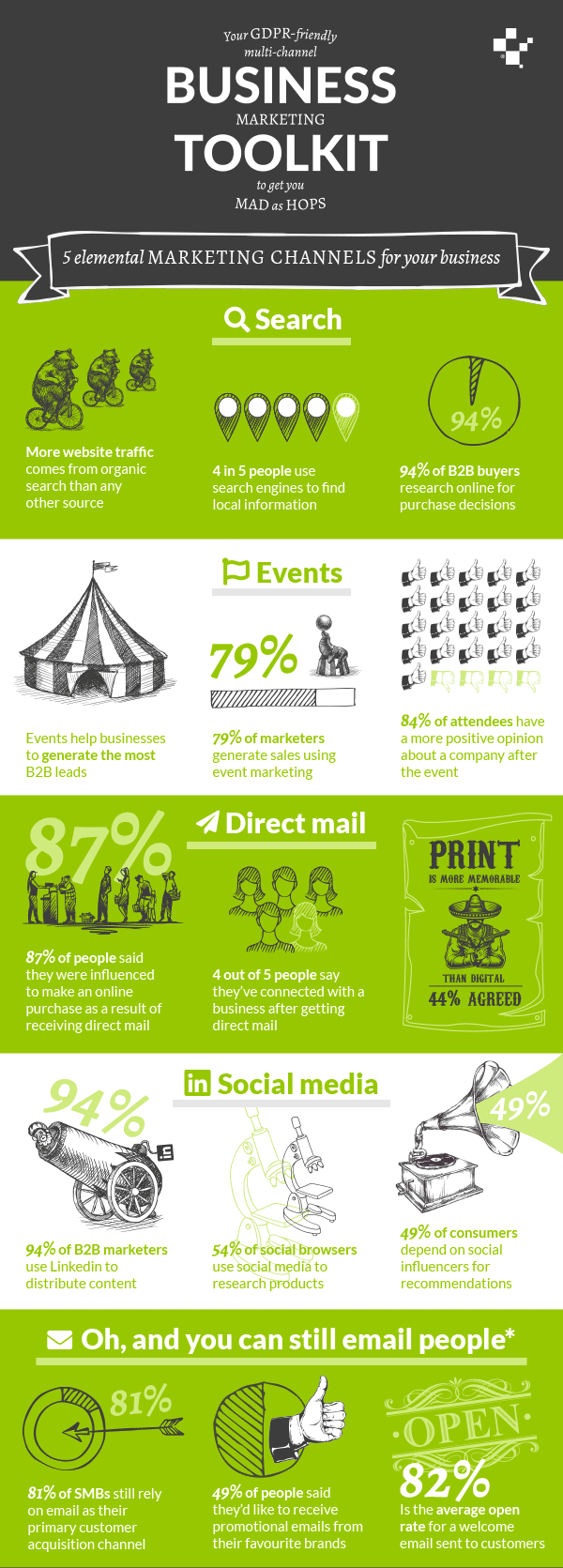
Top 10 Reasons Why Print Should be Part of your Marketing
There is no doubt that we are living in a digital world where evolving technology and social media dominates. But the digital world is overflowing with online advertising, social media is full of salespeople and inboxes are full of unread junk mail. Digital marketing is saturated and it’s very difficult to cut through all the noise to reach and engage with your audience, this is why print should be part of your marketing mix. These are our top 10 reasons why print should be part of your marketing mix.
1. PRINT IS CREDIBLE
There is something about print that gives us a sense of legitimacy. Popups and banner ads on the web can be overwhelming and the fear of spam, viruses and your online safety is enough to make people wary of clicking. But with print there is no danger, it’s real and it establishes credibility for your brand.
2. PRINT IS TANGIBLE
It exists physical, so stays in homes or offices for months or even years, while Internet ads can disappear into cyberspace instantaneously. A printed product is tangible, it can be touched, handled and even smelt!
3. ESTABLISHES YOUR BRAND
Print is an excellent way to consolidate your brand identity. Your logo, your values, your mission in as many places as possible, with consistency in fonts, colours and images help you to establish brand recognition
4. PRINT STIMULATES
Areas of the brain that are responsible for long-term memory are stimulated by print. Especially when enhanced with sensory features, such as foil, spot-varnished and soft-touch laminates. Your message lasts for much longer in a potential customers mind with a well-printed piece.
5. PERSUADES YOUR PROSPECTS
Response rates with print can be up to 20% higher according to research carried out by the Royal Mail research (1) and printed adverts are recalled 2.6 times more than a digital advert (2).

6. HITS YOUR TARGETS
You can really target an audience with print, personalising every piece, focusing on a specific sector. And the more specific the better, so you can really focus in on solving their problems. You can really engage with your target market with print.
7. IS VALUED
57% of people say print makes them feel more valued. As long as you’ve aimed your print at the right person and that’s it’s relevant, your audience will feel more valued than sending them an email (1)
8. LASTS LONGER
Print will sit on a clients desk, be read when they need a break from the screen or discussed with friends in the breakout area. Did you know, a door dropped leaflet stays in the home or office, on average from 17 to 38 days (1)?
A website visit is forgotten in the blink of an eye, a downloaded brochure can sit on a desktop unread for months and a flagged email is often never looked at again. Print lasts longer.
We don’t suggest that you don’t have a website, in fact, we have a whole department dedicated to designing them. But add print into the mix and turbocharge your marketing.
9. HAS A HIGHER ROI
Digital marketing is obsessed with numbers, clicks, bounce rates, likes, follows and downloads, but what is the actually ROI? Well-targeted print campaigns can have a much higher return on your investment.
10. PRINT ENGAGES
Engagement is much higher when reading printed material, unlike websites, which are often skimmed in as little as a 15-second visit.
For a business with a local reach, print is super effective, because it creates local brand recognition and guides customers directly to your premises. If you want to reach people on the streets, or target specific demographics, then you can’t beat print.

Printed items to consider as part of your top 10 reasons to use print in your marketing
- Brochures
- Leaflets
- Postcard
- Stickers
- Business Cards
- Catalogues
- Price Lists
- Posters
- In-store Display Units
- Exhibition Stands
- Floor Graphics
- Corporate Merchandise
- Signage
- Books
- Flyers

QR Codes
Placing QR codes on printed pieces is an excellent way to bridge the gap between print and digital. When scanned with a smartphone, the QR code will take you to a homepage, your ap, a landing page or special offers on the web.
The irony of promoting print on an online platform is not missed on us. Don’t get us wrong, everyone should be doing online marketing, but the old is becoming new again as printed media becomes the new trend.
Designing and sharing a great printed marketing piece should be high on your list of strategic marketing initiatives. This doesn’t mean that you abandon your online marketing efforts. It’s quite the contrary. Integrating your marketing makes your campaigns stronger, more important and more resilient.
Print is powerful, ensure you include it in your marketing strategy.
(1) The Private Life of Mail Royal Mail, MarketReach 2015
https://www.royalmail.com/corporate/marketing-data/trends-innovation/industry-research/private-life-of-mail/
(2) Newsworks https://www.newsworks.org.uk/resources/print-vs-digital-advertising



